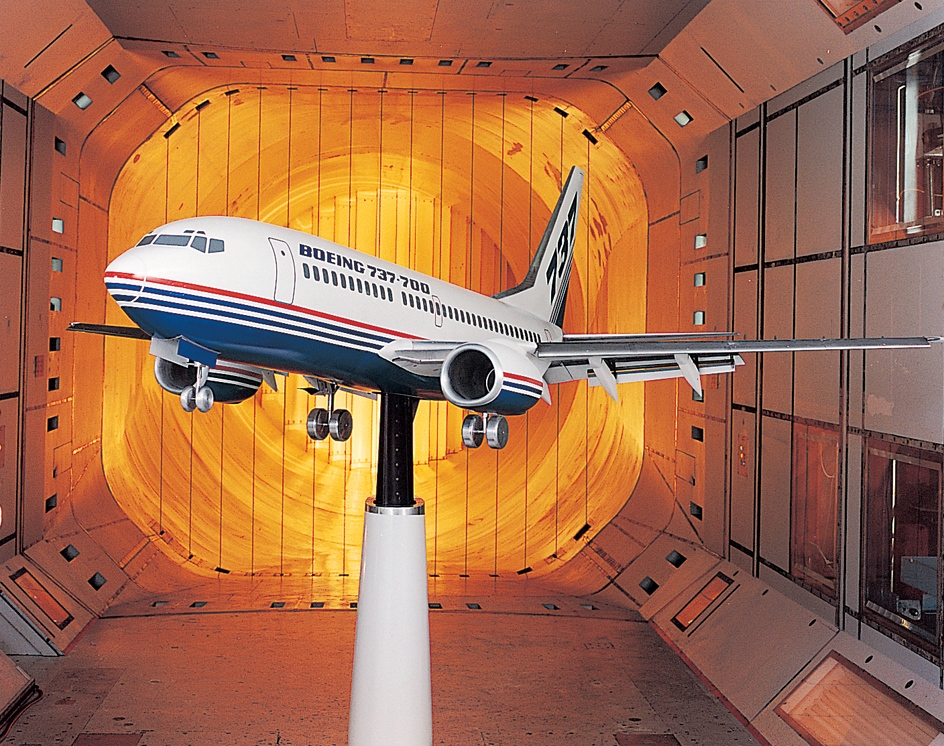Streamlining is the shaping of a body so that it meets the smallest amount of resistance as it moves through a fluid (liquid or gas). The best streamlined shape for a body depends on whether it is to travel slower or faster than sound through the fluid. For subsonic (slower than sound) travel, a body should be somewhat blunt and rounded in front, and then taper to a point at the tail. Submarines and subsonic airplanes have this shape. In nature, fish have this type of streamlining. For supersonic (faster than sound) travel, a body should have a pointed front to reduce the effects of shock waves. Engineers design supersonic airplanes and rockets to have this shape.
The resisting force acting on a body as it travels through a fluid is called drag. The amount of drag acting on a body depends on how smoothly the fluid flows around the body. The path that any bit of fluid follows around the body in a steady flow is called a streamline. If a body is streamlined, the streamlines divide smoothly at the front, pass smoothly around the body, and meet again at the tail. If the body is not streamlined, however, the fluid may swirl and twist violently as it passes around the body. These motions are called eddy flows or eddies. The fluid may separate from the surface of the body and cause a partial vacuum behind it. The amount of drag increases because of the lack of pressure behind the body to balance pressure in front.
Researchers can measure the effects of streamlining by using a wind tunnel. In the tunnel, air is blown past a body so the drag can be measured. Researchers can make streamlines visible by adding smoke to the air at several points. When a flat plate set upright against the flow of air is tested in the tunnel, streamlines curve around the edges of the plate. The air behind it is disturbed, forming eddies and a partial vacuum. The drag on the plate is relatively large. When a properly streamlined body is tested in a wind tunnel, the streamlines follow the surface more smoothly. No rotating eddy flows are produced behind the body, and there is less drag.

In addition to a body’s shape, three other factors affect the drag: (1) the density of the fluid, (2) the amount of the body’s area that meets the fluid, and (3) the speed of the body through the fluid. The drag doubles if the density of the fluid is doubled. The drag also doubles if the area of the body meeting the fluid is doubled. If the speed of the body is doubled, however, the drag is multiplied by four.
The term streamlining is also used in business and manufacturing. In these fields, it refers to the simplification of management and production processes.
See also Aerodynamics ; Wind tunnel .
